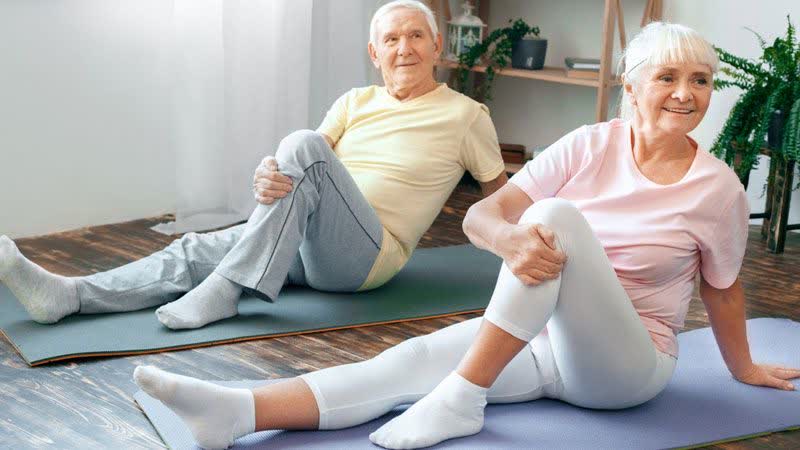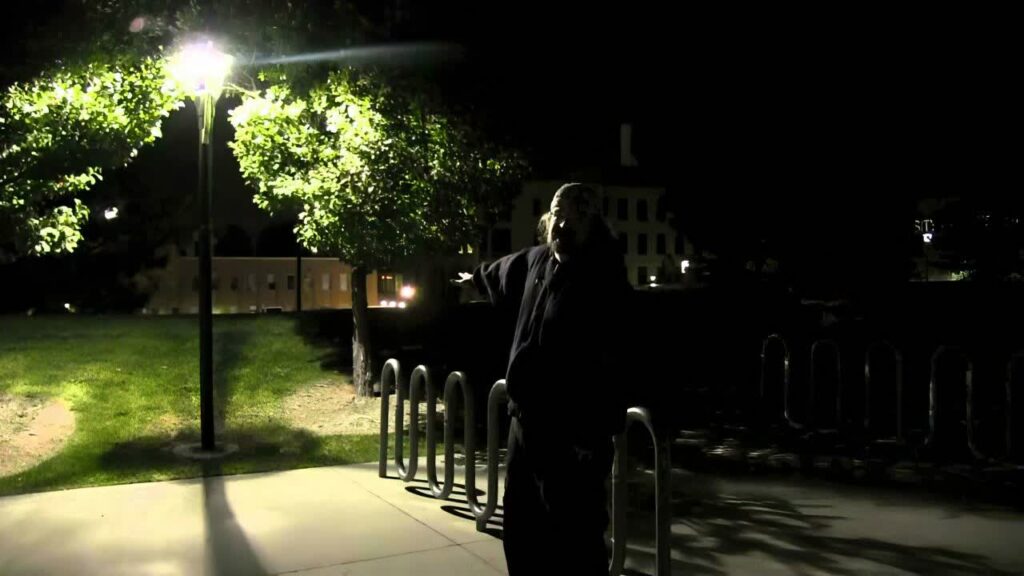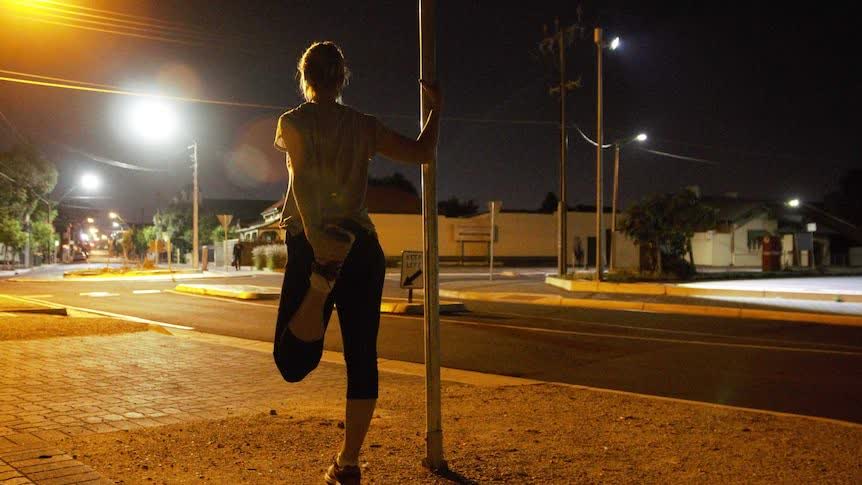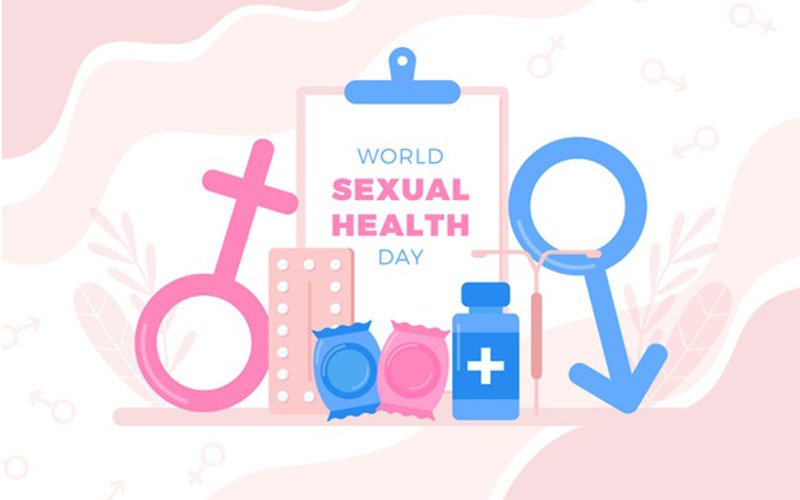Older women struggling with urinary incontinence can benefit from regular, low-impact exercise, with yoga as well as stretching and strengthening showing benefits in a new study published Aug. 27 in Annals of Internal Medicine.
The research, led by scientists at Stanford Medicine and the University of California, San Francisco, is part of a larger effort to identify low-risk, low-cost ways to treat one of the most common health problems women face as they age. After 12 weeks of a low-impact yoga program, study participants had about 65% fewer episodes of incontinence. Women in a control group doing stretching and strengthening exercises experienced a similar benefit over the same time period. The benefits are on par with the effects of medications used to address incontinence, the researchers said.
Urinary incontinence, which affects more than half of middle-aged women and up to 80% of 80-year-olds, can lead to a variety of other problems, from social isolation to bone fractures caused by falls. But there is help. Part of the problem is that incontinence is stigmatized; we don’t talk about it,In fact, it’s very common but it’s not inevitable, and we have very effective ways of treating it.”

Addressing a common problem
Incontinence deserves good treatment because of the many ways it interferes with people’s lives Patients may avoid activities that could boost their well-being, such as exercising and seeing friends. They are more likely to be admitted to a nursing home and to suffer certain serious medical problems such as hip fractures. Incontinence and overactive bladder are among the biggest risk factors for falls and fractures among older women,”You’re rushing to the bathroom at night -; with the lights off -; tripping and falling, and breaking a hip.”
Being active helps
he study compared two 12-week exercise programs: 121 participants were randomly assigned to yoga, and 119 to a physical conditioning control group. The participants were women with urinary incontinence that caused symptoms at least once a day. They were 45 to 90 years old, with a mean age of 62. In the yoga program, participants learned 16 hatha yoga poses intended to strengthen the pelvic floor, via two 90-minute sessions per week. The pelvic floor consists of the muscles that form the base of the pelvis and hold its organs -; including the bladder and urethra -; in place. Participants were also asked to practice yoga for at least one hour per week outside of class and to maintain a practice log. Participants in the control group spent an equal amount of time in exercise classes, but their classes focused on nonspecific stretching and strengthening exercises that did not engage the pelvic floor. They were also asked to practice for an additional hour per week and keep a practice log.
At the beginning of the study, the participants had an average of 3.4 episodes of urinary incontinence per day, including 1.9 urgency-type episodes and 1.4 stress-type episodes. By the end of the 12-week programs, participants in the yoga group were experiencing 2.3 fewer episodes of incontinence per day, on average. Those in the physical conditioning group were experiencing 1.9 fewer episodes per day
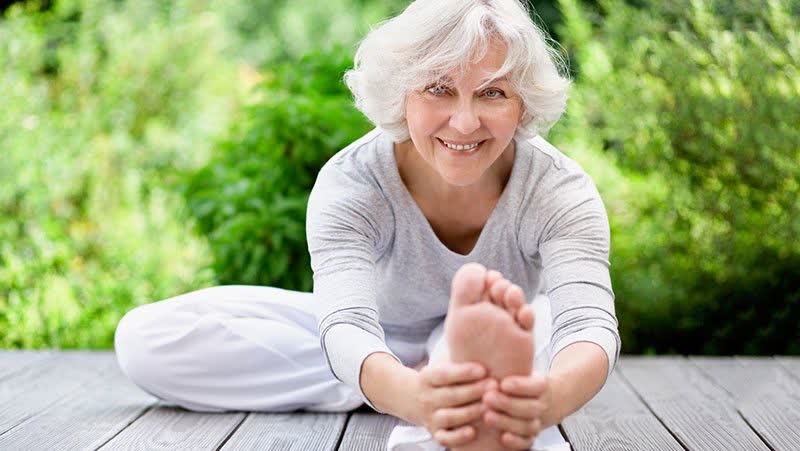
The two treatments are about equally effective, with both approaches reducing episodes of incontinence by around 60%, and the benefits from both treatments are meaningful, . Patients who would like to try these approaches can search for low-impact Iyengar yoga or low-impact exercise classes in their communities or online, she said, adding that instructors should be able to adapt the activity to participants’ physical limitations.
If a patient asked whether yoga could help with incontinence, “I would say that I think it’s a great idea to try it if you’re interested,” . “It’s very low risk, and there’s potential for benefit not only for incontinence but also for your general well-being.”
Medical news


